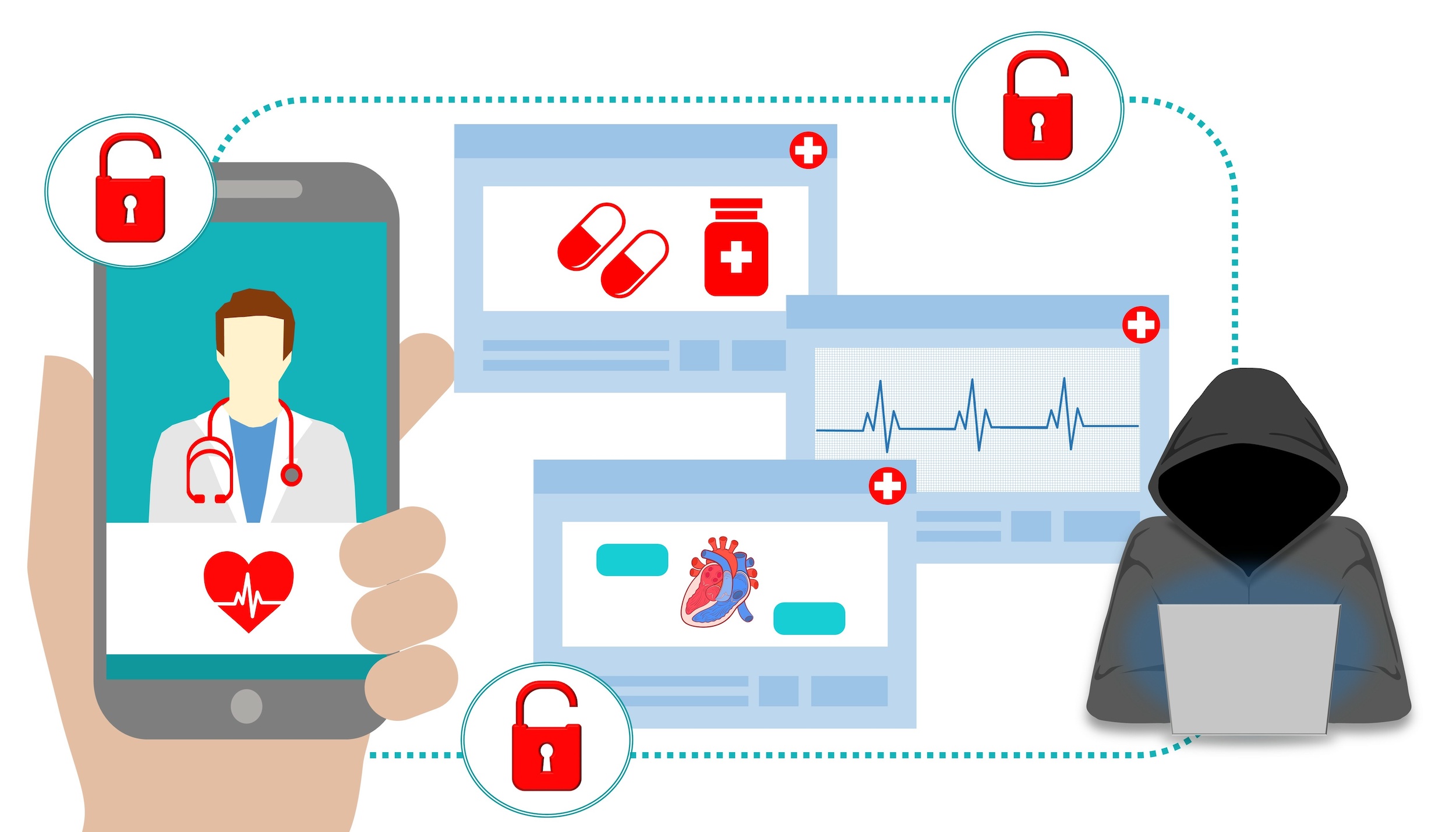
Businesses should leave an impression. These days, most first-impressions are made by websites. Read on to discover how you can optimize this essential online-tool.
Websites: Where to start
Making a website is just like making a quilt — it can be as simple or as complex as you want it to be.
The first place to start is by choosing a partner that understands your business. For example, some software providers have solutions for assembling kits, fractional yards and fat quarters that can integrate into inventory management processes.
These same software providers can also add other tools including classes and block of the month subscriptions.
Website goals
The next step is to decide what sort of goals you have for your website.
From the above, increasing productivity is an obvious goal. You can go one-step further and tie in back-end business systems to your site as well. Further, you can make changes in one place and it will automatically update your website and in-store system.
It goes without saying, but your website should also help in two large ways: increase sales and drive foot traffic. To accomplish both of these, you’ll need to inform customers of your products and services, as well as determine how each section of your website will increase revenue. We’ll touch on both of those next week.
Inspiration for this post came from “Increase Your Website’s Value” by Brad Tanner of Rain Retail Software and was published in the April 2022 issue of American Quilt Retailer.
If you’re looking for more information to guide you in owning a retail business, subscribe to American Quilt Retailer today. Already a subscriber? No worries—join our Facebook group for insights and dialogue from industry specialists like you. And don’t forget, you can always purchase single issues if you prefer that instead.






